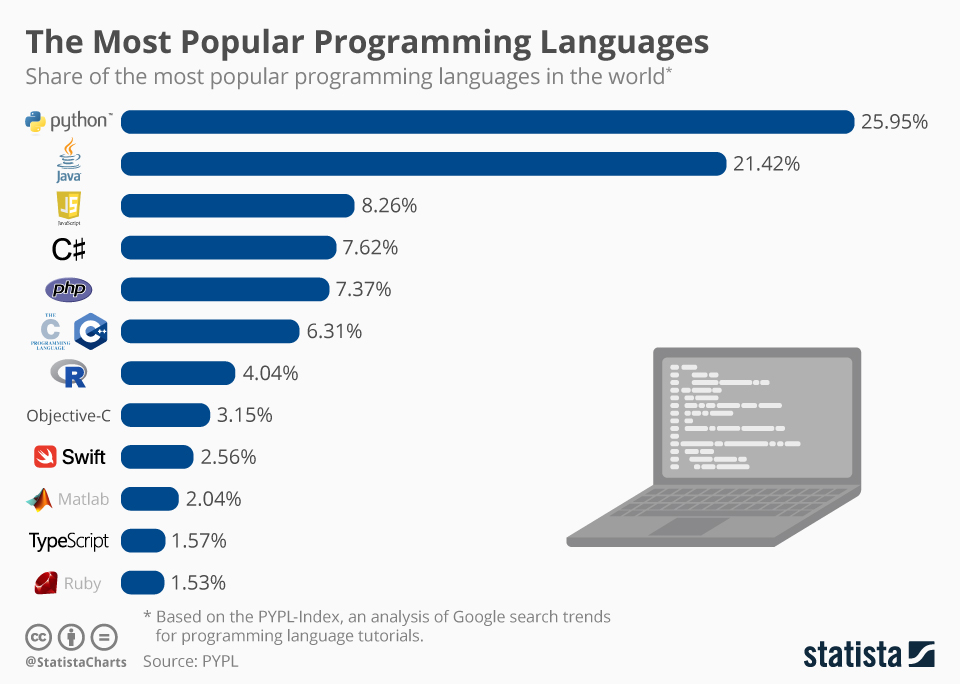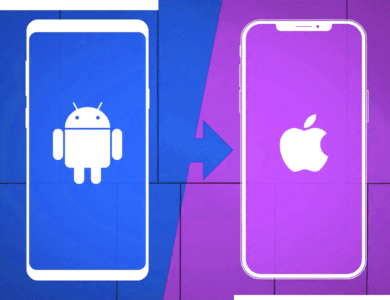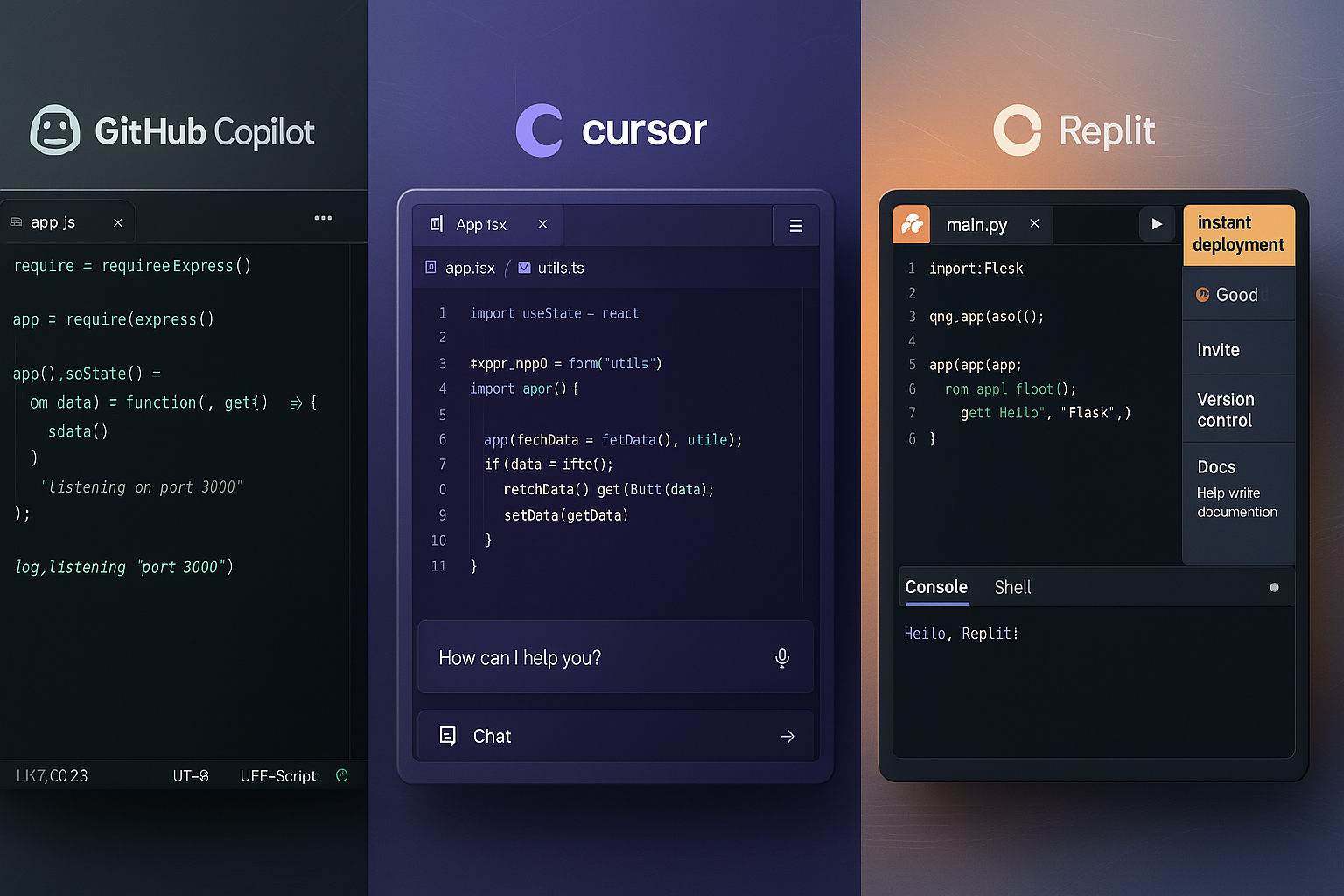Top 15 Programming Languages For Web Development in 2025
We’ll explore their features, advantages, limitations, and historical context to help you choose the best web development language for your project.

In the rapidly evolving digital world, mastering web development is more critical than ever. Whether you’re building a personal blog, an e-commerce platform, or a corporate website, understanding the right tools is key. This article dives into the top web programming languages to start your journey. We’ll explore their features, advantages, limitations, and historical context to help you choose the best web development language for your project. By the end, you’ll have a comprehensive understanding of which language for web development suits your needs best.
What is Web Development?
Web development is the process of creating, building, and maintaining websites. It involves programming and designing applications that function online, ensuring an interactive and seamless user experience. The process is divided into two main categories:
- Front-end Development: This focuses on the user interface and visual aspects of a website. It’s what users see and interact with directly.
- Back-end Development: This involves server-side logic, databases, and application functionality, which ensure the website operates smoothly.
Web development combines creativity with technical expertise, using various front-end development languages and server-side technologies to create functional, dynamic, and visually appealing websites.
Top 15 Web Development Languages
Here are the best web development languages that cater to various web programming needs, covering both front-end and back-end requirements:

1. HTML (Hypertext Markup Language)
HTML was created by Tim Berners-Lee in 1993 as the foundational language for web pages. It defines the structure and layout of web content using a system of tags and elements.
Features:
- Defines the structure of web pages using tags and elements.
- Supports multimedia elements like videos, audio, and images.
- Provides semantic tags for better search engine optimization (SEO).
Advantages:
- Easy to learn and use, even for beginners.
- Compatible with all modern web browsers.
- Forms the backbone of all web development projects.
Limitations:
- Cannot handle dynamic functionalities on its own.
- Relies on CSS and JavaScript for styling and interactivity.
2. CSS (Cascading Style Sheets)
CSS was introduced by Håkon Wium Lie in 1996 to separate content from design, enabling developers to style web pages effectively.
Features:
- Controls typography, colors, and layouts of web pages.
- Enables responsive web design for various devices.
- Provides advanced animation capabilities for interactive elements.
Advantages:
- Separates content from design, improving code readability.
- Reusable style rules save development time.
- Enhances user experience through consistent styling.
Limitations:
- Complex to manage in large projects without preprocessors.
- Browser compatibility issues can arise.
3. JavaScript
JavaScript was developed by Brendan Eich in 1995 while working for Netscape Communications. It quickly became the go-to language for adding interactivity to web pages. According to Statista, JavaScript win the title of the most popular web development language in Year 2024.
Features:
- Versatile language used for both front-end and back-end development.
- Supports frameworks and libraries like React, Angular, and Vue.js.
- Enables asynchronous programming with AJAX and Fetch API.
Advantages:
- High interactivity and enhanced user engagement.
- Extensive community support and resources.
- Works seamlessly with HTML and CSS.
Limitations:
- Security concerns due to client-side execution.
- Requires optimization for high-performance applications.
4. TypeScript
TypeScript, created by Microsoft in 2012, is a superset of JavaScript designed to improve code quality and manageability through static typing.
Features:
- Strongly typed language with enhanced debugging.
- Compatible with all JavaScript frameworks.
- Ideal for large-scale applications.
Advantages:
- Reduces runtime errors with static type checking.
- Improves code readability and scalability.
- Integrates easily with existing JavaScript projects.
Limitations:
- Steeper learning curve for beginners.
- Requires compilation to JavaScript.
You May Also Like: 8 Essential Steps to Master Blockchain App Development in 2025
5. Python
Python was created by Guido van Rossum in 1991 and has since won numerous awards for its simplicity and versatility. It’s widely used in web development, data analysis, and AI.
Features:
- Extensive library support for various domains.
- Frameworks like Django and Flask simplify web development.
- High readability and clean syntax.
Advantages:
- Rapid development process with fewer lines of code.
- Cross-platform compatibility.
- Ideal for AI and machine learning integrations.
Limitations:
- Slower execution compared to compiled languages.
- Limited for mobile and desktop applications.
6. PHP
PHP, created by Rasmus Lerdorf in 1994, revolutionized web development by enabling server-side scripting. It remains a core technology for dynamic websites.
Features:
- Open-source and widely supported language.
- Integrates seamlessly with databases like MySQL and PostgreSQL.
- Offers built-in security features.
Advantages:
- Cost-effective and beginner-friendly.
- Large developer community and extensive documentation.
- Highly flexible and scalable.
Limitations:
- Less secure without proper coding practices.
- Slower performance for large-scale applications.
7. Java
Java, developed by Sun Microsystems in 1995, remains a cornerstone for enterprise-level applications and has received accolades for its “Write Once, Run Anywhere” capability.
Features:
- Platform-independent with “write once, run anywhere” capability.
- Rich set of libraries and APIs.
- Supports multithreading for concurrent programming.
Advantages:
- Secure and reliable for large-scale applications.
- High scalability and performance.
- Extensive community and resources.
Limitations:
- Verbose syntax compared to modern languages.
- Requires more memory and computational power.
8. C#
C#, created by Microsoft in 2000 as part of its .NET initiative, is widely used for building robust Windows applications and web APIs.
Features:
- Object-oriented programming language.
- Integrates seamlessly with the .NET framework.
- Offers garbage collection for efficient memory management.
Advantages:
- Excellent for enterprise-level solutions.
- Strong tooling support with Visual Studio.
- Secure and scalable.
Limitations:
- Limited to Microsoft environments.
- Steeper learning curve for beginners.
9. Ruby
Ruby was created by Yukihiro “Matz” Matsumoto in 1995, emphasizing developer happiness and productivity. Its Ruby on Rails framework is a game-changer for web development.
Features:
- Concise and human-readable syntax.
- Supports rapid application development.
- Offers dynamic typing and metaprogramming.
Advantages:
- Beginner-friendly and highly productive.
- Large ecosystem of gems (libraries).
- Encourages clean and maintainable code.
Limitations:
- Slower runtime compared to other languages.
- Less suitable for large-scale applications.
10. Golang (Go)
Go, designed by Google engineers Robert Griesemer, Rob Pike, and Ken Thompson in 2007, is praised for its simplicity and efficiency.
Features:
- High concurrency with goroutines.
- Statically typed and compiled language.
- Lightweight syntax for faster development.
Advantages:
- Fast performance and low resource consumption.
- Easy to learn and use.
- Excellent for microservices and distributed systems.
Limitations:
- Limited library ecosystem compared to older languages.
- No support for generics.
11. Swift
Swift, introduced by Apple in 2014, is a modern language for iOS and macOS applications, combining performance with safety.
Features:
- Safe programming practices with error handling.
- High-speed performance optimized for Apple devices.
- Open-source and community-driven.
Advantages:
- Easy-to-read syntax.
- Encourages interactive and exploratory coding.
- Backed by Apple’s ecosystem.
Limitations:
- Limited to Apple platforms.
- Smaller developer community compared to Java or Python.
12. Kotlin
Kotlin, developed by JetBrains in 2011, became Google’s preferred language for Android development in 2017.
Features:
- Null safety and concise syntax.
- Fully interoperable with Java.
- Modern features for enhanced productivity.
Advantages:
- Simplifies Android development.
- Reduces boilerplate code.
- Improves code maintainability.
Limitations:
- Slower compilation times.
- Limited learning resources.
13. Perl
Perl, created by Larry Wall in 1987, is known for its text-processing prowess and versatility in backend web development.
Features:
- Flexible and powerful scripting language.
- Supports object-oriented programming.
- Large collection of CPAN modules.
Advantages:
- Ideal for rapid prototyping and automation.
- Cross-platform compatibility.
- Strong for backend and file manipulation.
Limitations:
- Declining popularity in modern development.
- Complex syntax for beginners.
14. .NET
.NET, developed by Microsoft in 2002, is a robust framework for building scalable applications across multiple platforms.
Features:
- Multi-language support.
- Comprehensive libraries and tools.
- Built-in security features.
Advantages:
- Excellent for enterprise-level applications.
- Strong integration with Windows OS.
- High performance and scalability.
Limitations:
- High licensing costs for commercial use.
- Limited cross-platform compatibility.
15. SQL
SQL (Structured Query Language), developed in the 1970s by IBM researchers, is the standard for relational database management and remains a critical tool for data-driven applications.
Features:
- Standardized language for database operations.
- Supports complex queries and data manipulation.
- Works with various database management systems.
Advantages:
- Efficient data organization and retrieval.
- Easy to learn and implement.
- Highly optimized for relational databases.
Limitations:
- Limited use beyond database management.
- Can become complex with large datasets.
Conclusion
Choosing the best web development language depends on your project’s requirements and goals. Each language offers unique benefits, whether you need robust backend functionality or visually stunning front-end design. By understanding the features, advantages, and limitations of these web programming languages, you can make informed decisions to build efficient and user-friendly websites.
FAQs
1. What is the best programming language for web development?
The best language depends on your project’s goals. For front-end, HTML, CSS, and JavaScript are essential. For back-end, Python, PHP, and Java are popular choices.
2. What is the easiest language for web development beginners?
HTML and CSS are the easiest languages to start with for beginners, as they provide the foundation for web development.
3. Which language is best for enterprise-level web applications?
Languages like Java, C#, and .NET are ideal for large-scale, enterprise-level applications due to their scalability and reliability.
4. Why is JavaScript so popular for web development?
JavaScript’s versatility, ability to create dynamic content, and wide framework support make it a top choice for web developers.


